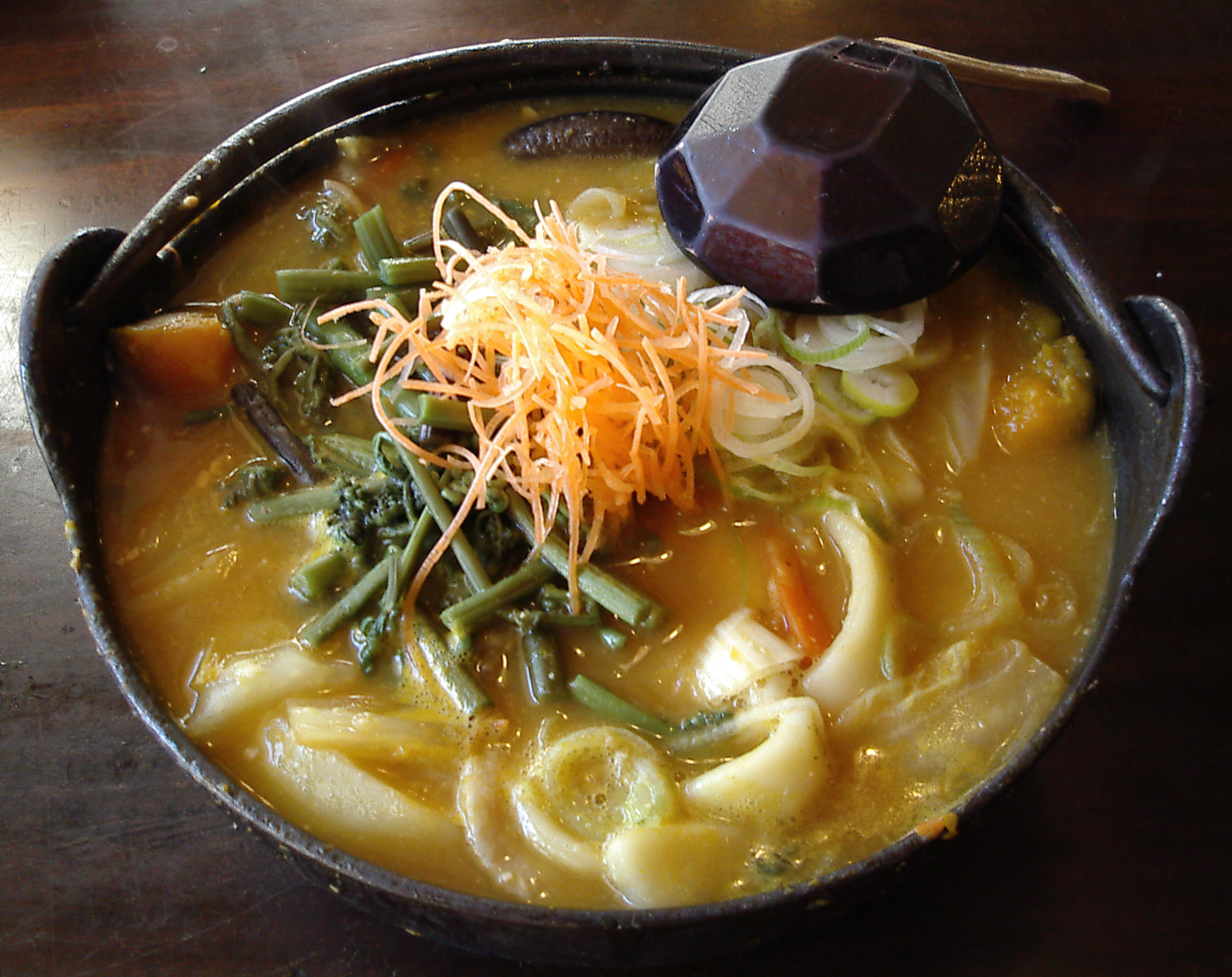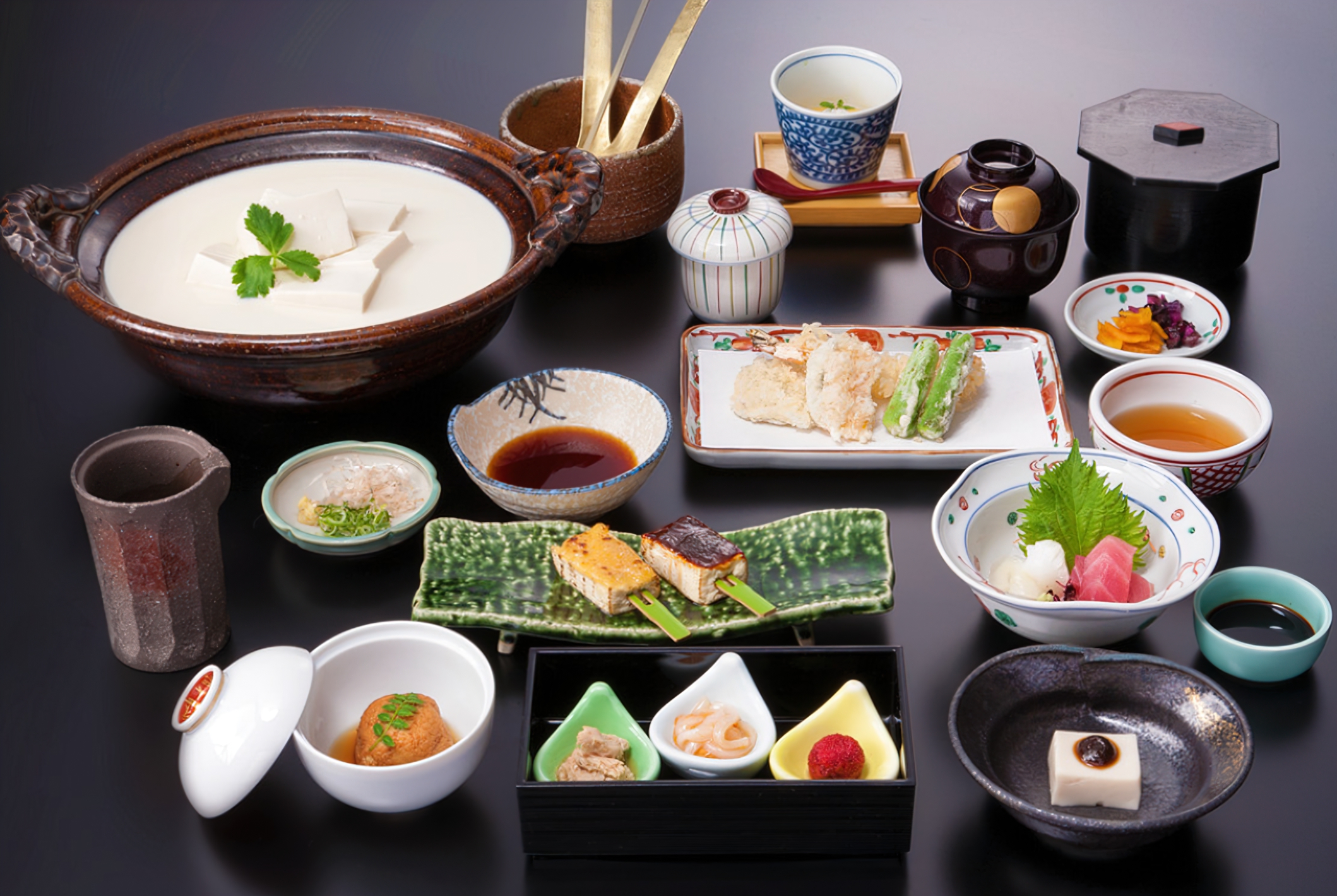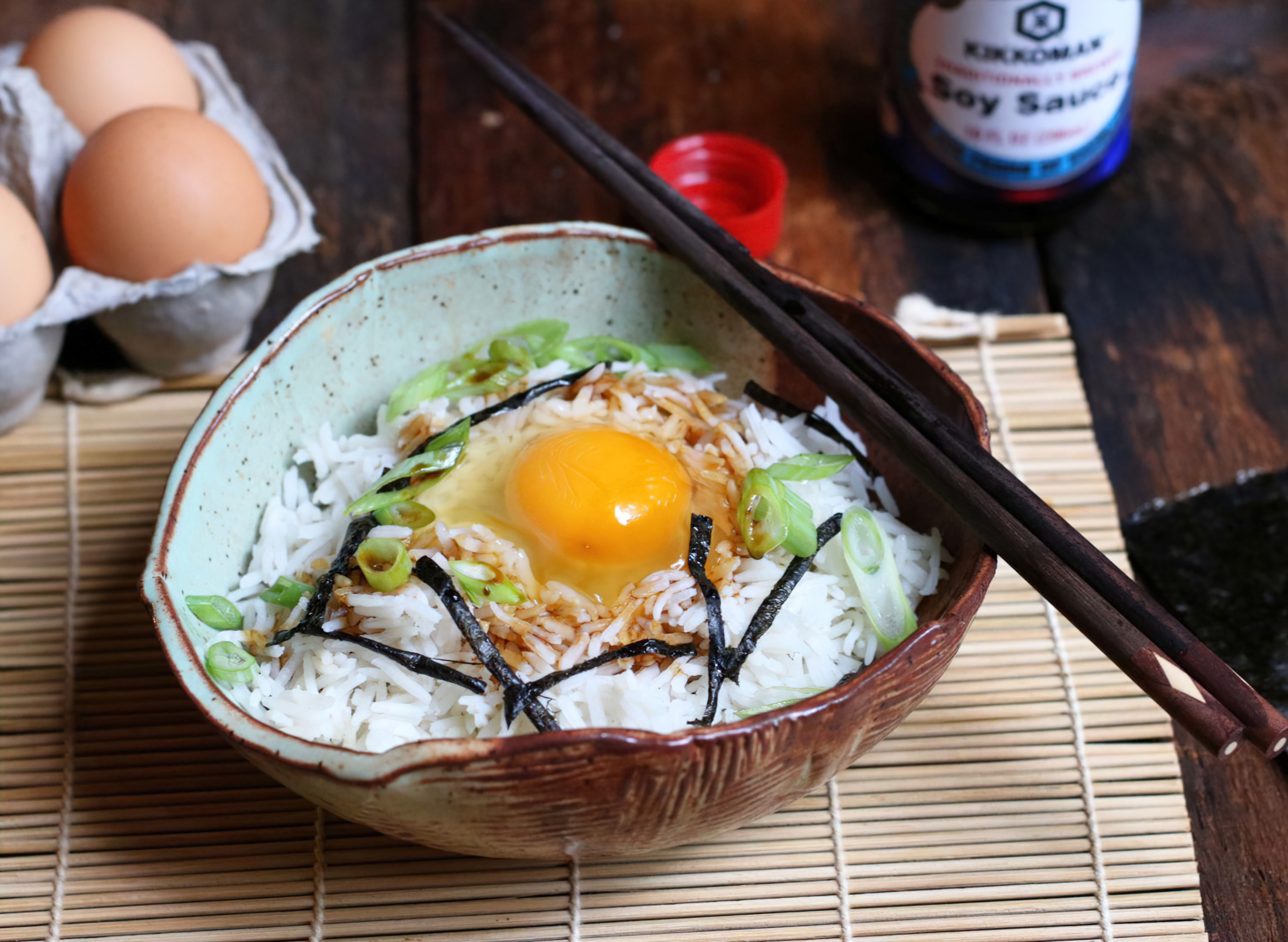- Savor Japan’s Delicious Flavors While Managing Your Blood Sugar
- Sushi and Sashimi – Fresh and Flavorful Options
- Japanese Soups and Stews – Comforting and Nutritious
- Flavorful Side Dishes and Snacks
- Traditional Japanese Breakfast – A Healthy Start to Your Day
- Japanese-inspired Salads – Light and Refreshing
- Conclusion:
Savor Japan’s Delicious Flavors While Managing Your Blood Sugar
Discover the world of Japanese cuisine with these delicious diabetic-friendly recipes. Enjoy the vibrant flavors and rich cultural history of Japan while keeping your blood sugar in check. These dishes incorporate low-carb ingredients and healthy cooking techniques, perfect for those managing diabetes or simply seeking a nutritious, well-balanced meal.
Sushi and Sashimi – Fresh and Flavorful Options
- Cauliflower Rice Sushi: Swap traditional sushi rice for cauliflower rice to create a diabetic-friendly sushi roll. Simply pulse cauliflower florets in a food processor until they resemble rice, then season with rice vinegar, salt, and a sugar substitute. Fill your sushi rolls with your favorite low-carb ingredients such as avocado, cucumber, or sashimi-grade fish.
- Sashimi Salad: Sashimi, thinly sliced raw fish, is a delicious low-carb option. Create a sashimi salad by arranging your choice of sashimi on a bed of mixed greens, thinly sliced cucumber, and shredded daikon radish. Drizzle with a light dressing made from soy sauce, rice vinegar, and a touch of sugar substitute.
Japanese Soups and Stews – Comforting and Nutritious
- Miso Soup with Tofu and Vegetables: This classic Japanese soup is both tasty and diabetic-friendly. Make a simple miso soup with dashi (Japanese soup stock), miso paste, cubed tofu, and your favorite low-carb vegetables such as spinach, mushrooms, or zucchini. Be mindful of your sodium intake, as miso and dashi can be high in salt.
- Japanese Vegetable Curry: Japanese curry can be made diabetic-friendly by using a low-carb thickening agent, such as almond flour, instead of the traditional roux. Combine your choice of vegetables (carrots, onions, and bell peppers work well) with diced chicken or tofu in a mildly spiced curry sauce for a satisfying and nourishing meal.
Flavorful Side Dishes and Snacks
- Shirataki Noodle Stir-Fry: Shirataki noodles, made from the konjac plant, are a fantastic low-carb, low-calorie alternative to regular noodles. Stir-fry these noodles with a variety of vegetables, tofu, or lean meat and season with soy sauce, mirin, and a sugar substitute for a delicious Japanese-inspired dish.
- Edamame with Chili-Garlic Sauce: Edamame, or young soybeans, make a great diabetic-friendly snack. Boil or steam the beans in their pods, then toss with a spicy chili-garlic sauce for a tasty and healthy treat.
Traditional Japanese Breakfast – A Healthy Start to Your Day
- Tamagoyaki (Japanese Rolled Omelette): A fluffy, slightly sweet Japanese omelette, tamagoyaki is a low-carb, protein-rich addition to your breakfast menu. Beat eggs with a sugar substitute and a touch of soy sauce, then cook in a thin layer in a rectangular or round pan, rolling the omelette as you go. Slice into bite-sized pieces and enjoy this simple yet delicious dish.
- Grilled Fish with Daikon Radish: Grilled fish, such as salmon or mackerel, is a staple of traditional Japanese breakfasts. Rich in omega-3 fatty acids and protein, it makes a nutritious and diabetic-friendly choice. Serve alongside grated daikon radish and a few slices of pickled ginger for added flavor and texture.
Japanese-inspired Salads – Light and Refreshing
- Sunomono (Cucumber Salad): This refreshing cucumber salad is perfect for a light appetizer or side dish. Thinly slice cucumber and marinate in a mixture of rice vinegar, soy sauce, and a sugar substitute. Optionally, add a touch of sesame oil and toasted sesame seeds for extra flavor.
- Hijiki Seaweed Salad: Hijiki seaweed is a nutritious Japanese ingredient that’s high in fiber, minerals, and antioxidants. Rehydrate dried hijiki seaweed, then combine with sliced carrot, edamame, and tofu. Toss with a light dressing of soy sauce, rice vinegar, and a sugar substitute. This delicious salad is a great way to add variety to your diabetic-friendly diet.
Conclusion:
With these additional Japanese-inspired recipes, you can create a wide range of dishes that cater to your diabetic needs while enjoying the flavors of Japan. Experiment with these recipes and adapt them to suit your taste buds and dietary requirements. By incorporating low-carb ingredients and healthy cooking techniques, you can continue to enjoy Japanese cuisine without compromising your blood sugar levels.